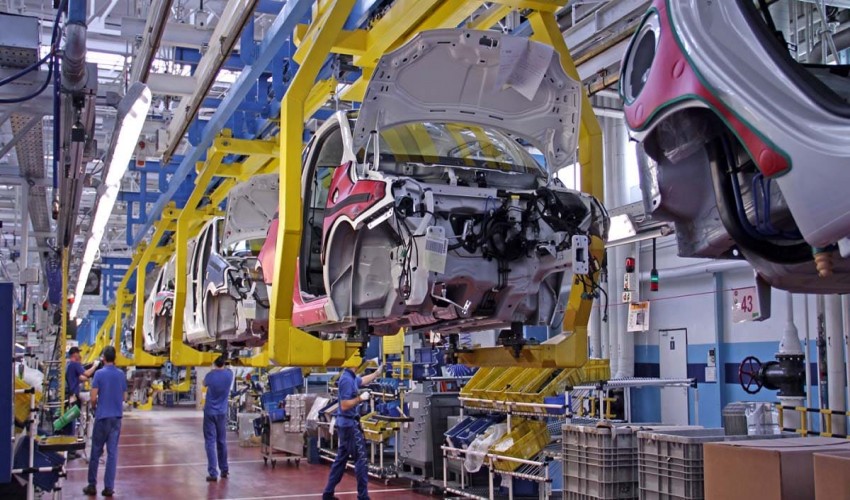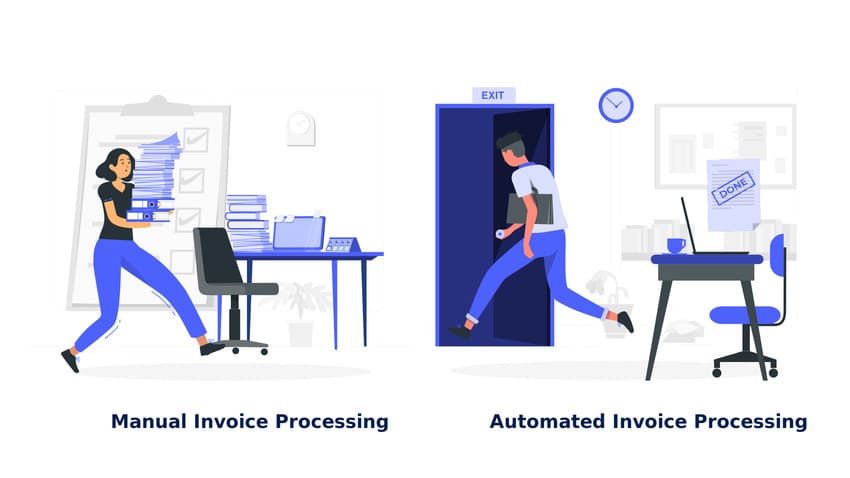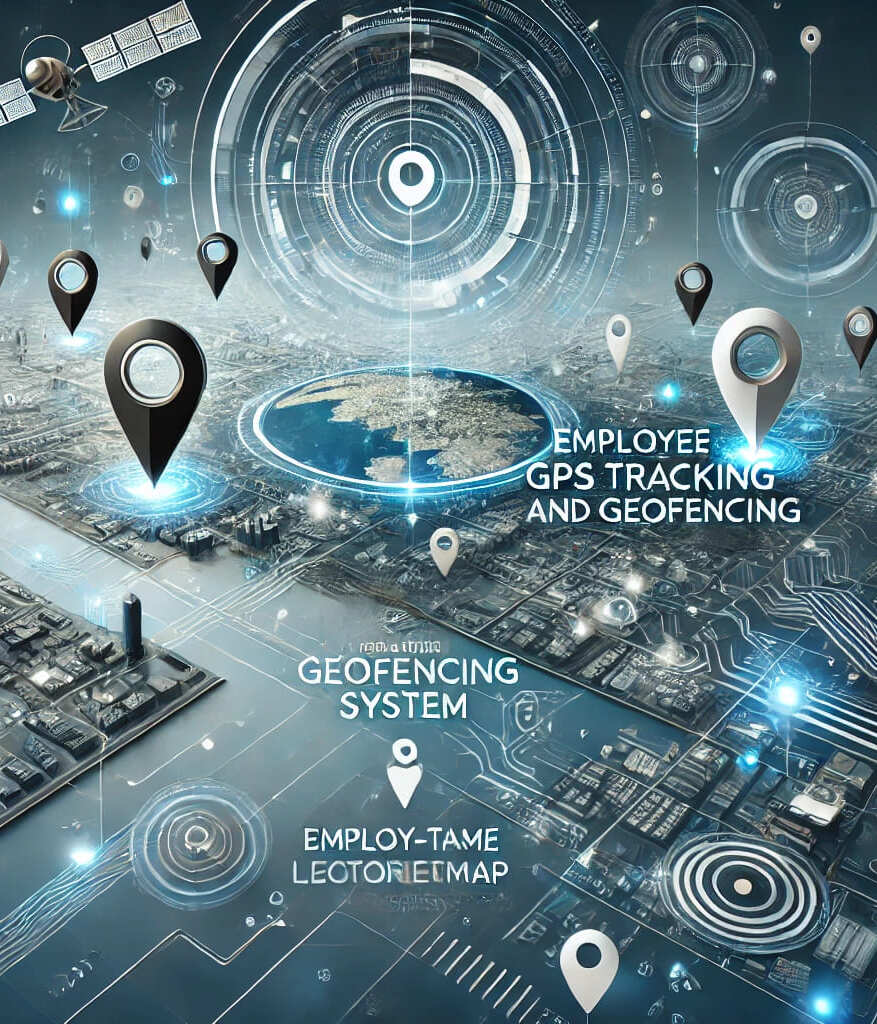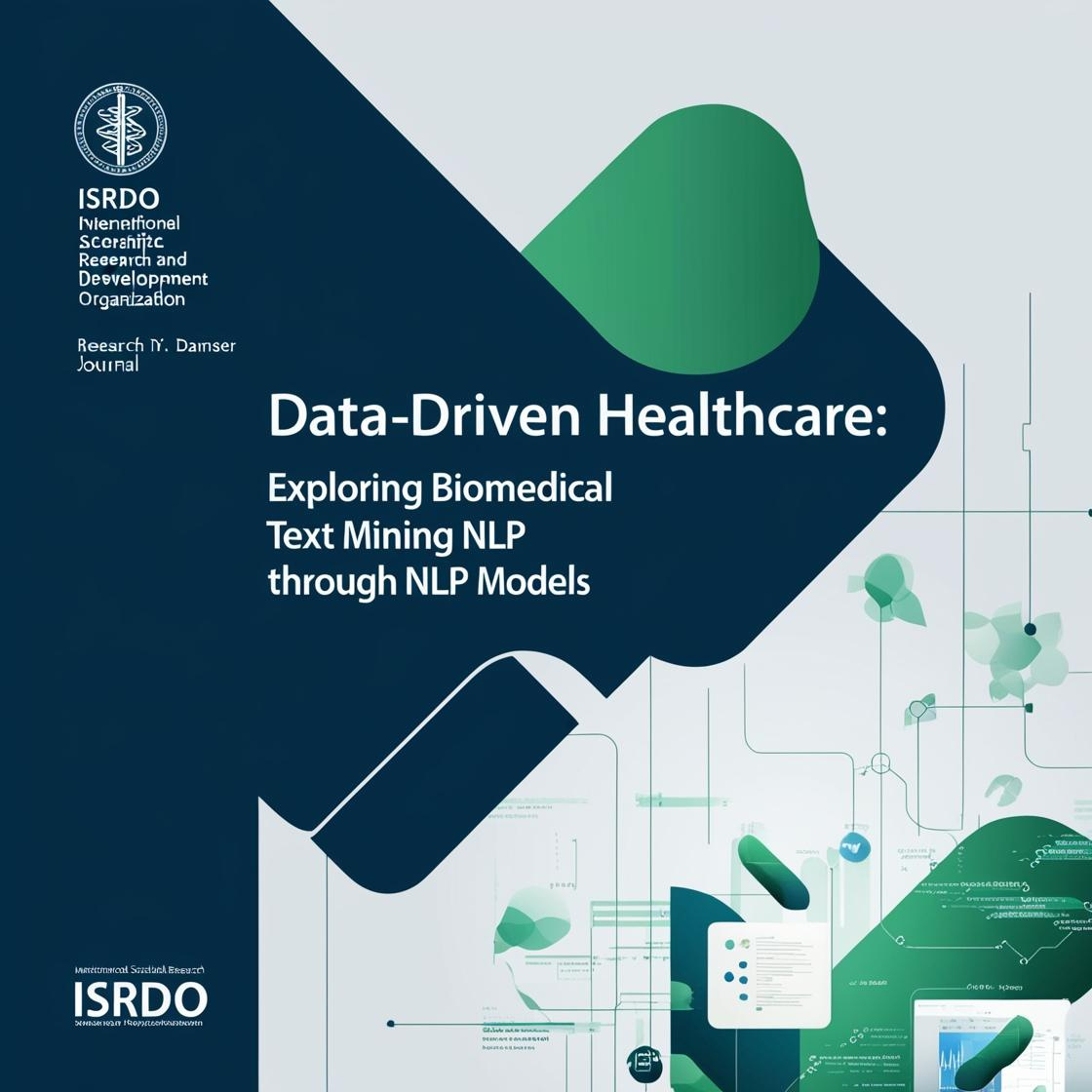
Automobile Engineering
Automobile or Automotive
engineering, along with aerospace engineering and naval architecture, is a
branch of vehicle engineering, incorporating elements of mechanical,
electrical, electronic, software, and safety engineering as applied to the
design, manufacture and operation of motorcycles, automobiles, and trucks and
their respective engineering subsystems. It also includes modification of
vehicles. Manufacturing domain deals with the creation and assembling the whole
parts of automobiles is also included in it. The automotive engineering field
is research -intensive and involves direct application of mathematical models
and formulas. The study of automotive engineering is to design, develop,
fabricate, and test vehicles or vehicle components from the concept stage to
production stage. Production, development, and manufacturing are the three
major functions in this field.
Safety engineering: Safety engineering is the assessment of
various crash scenarios and their impact on the vehicle occupants. These are
tested against very stringent governmental regulations. Some of these
requirements include: seat belt and air bag functionality testing, front and
side impact testing, and tests of rollover resistance. Assessments are done
with various methods and tools, including Computer crash simulation (typically
finite element analysis), crash test dummy, and partial system sled and full
vehicle crashes.
Visualization of how a car deforms in an asymmetrical crash
using finite element analysis.
Fuel economy/emissions: Fuel economy is the measured fuel
efficiency of the vehicle in miles per gallon or kilometers per liter.
Emissions testing includes the measurement of vehicle emissions, including
hydrocarbons, nitrogen oxides (NOx), carbon monoxide (CO), carbon dioxide
(CO2), and evaporative emissions.
NVH engineering (noise, vibration, and harshness): NVH is
the customer's feedback (both tactile [felt] and audible [heard]) from the
vehicle. While sound can be interpreted as a rattle, squeal, or hot, a tactile
response can be seat vibration or a buzz in the steering wheel. This feedback
is generated by components either rubbing, vibrating, or rotating. NVH response
can be classified in various ways: powertrain NVH, road noise, wind noise,
component noise, and squeak and rattle. Note, there are both good and bad NVH
qualities. The NVH engineer works to either eliminate bad NVH or change the
“bad NVH” to good (i.e., exhaust tones).
Vehicle electronics: Automotive electronics is an
increasingly important aspect of automotive engineering. Modern vehicles employ
dozens of electronic systems. These systems are responsible for operational controls
such as the throttle, brake and steering controls; as well as many comfort and
convenience systems such as the HVAC, infotainment, and lighting systems. It
would not be possible for automobiles to meet modern safety and fuel economy
requirements without electronic controls.
Performance: Performance is a measurable and testable value
of a vehicle's ability to perform in various conditions. Performance can be
considered in a wide variety of tasks, but it's generally associated with how
quickly a car can accelerate (e.g. standing start 1/4 mile elapsed time, 0–60
mph, etc.), its top speed, how short and quickly a car can come to a complete
stop from a set speed (e.g. 70-0 mph), how much g-force a car can generate
without losing grip, recorded lap times, cornering speed, brake fade, etc.
Performance can also reflect the amount of control in inclement weather (snow,
ice, rain).
Shift quality: Shift quality is the driver's perception of
the vehicle to an automatic transmission shift event. This is influenced by the
powertrain (engine, transmission), and the vehicle (driveline, suspension,
engine and powertrain mounts, etc.) Shift feel is both a tactile (felt) and
audible (heard) response of the vehicle. Shift quality is experienced as
various events: Transmission shifts are felt as an upshift at acceleration
(1–2), or a downshift maneuver in passing (4–2). Shift engagements of the
vehicle are also evaluated, as in Park to Reverse, etc.
Durability / corrosion engineering: Durability and corrosion
engineering is the evaluation testing of a vehicle for its useful life. Tests
include mileage accumulation, severe driving conditions, and corrosive salt
baths.
Drivability: Drivability is the vehicle's response to
general driving conditions. Cold starts and stalls, RPM dips, idle response,
launch hesitations and stumbles, and performance levels.
Cost: The cost of a vehicle program is typically split into
the effect on the variable cost of the vehicle, and the up-front tooling and
fixed costs associated with developing the vehicle. There are also costs
associated with warranty reductions and marketing.
Program timing: To some extent programs are timed with
respect to the market, and also to the production schedules of the assembly
plants. Any new part in the design must support the development and
manufacturing schedule of the model.
Assembly feasibility: It is easy to design a module that is
hard to assemble, either resulting in damaged units or poor tolerances. The
skilled product development engineer works with the assembly/manufacturing
engineers so that the resulting design is easy and cheap to make and assemble,
as well as delivering appropriate functionality and appearance.
Quality management: Quality control is an important factor
within the production process, as high quality is needed to meet customer
requirements and to avoid expensive recall campaigns. The complexity of
components involved in the production process requires a combination of
different tools and techniques for quality control. Therefore, the
International Automotive Task Force (IATF), a group of the world's leading
manufacturers and trade organizations, developed the standard ISO/TS 16949.
This standard defines the design, development, production, and when relevant,
installation and service requirements. Furthermore, it combines the principles
of ISO 9001 with aspects of various regional and national automotive standards
such as AVSQ (Italy), EAQF (France), VDA6 (Germany) and QS-9000 (USA). In order
to further minimize risks related to product failures and liability claims of
automotive electric and electronic systems, the quality discipline functional
safety according to ISO/IEC 17025 is applied.
Since the 1950s, the comprehensive business approach total
quality management, TQM, helps to continuously improve the production process
of automotive products and components. Some of the companies who have
implemented TQM include Ford Motor Company, Motorola and Toyota Motor Company.
- Fluid Mechanics and Machinery
- Manufacturing Methods
- Strength of Materials
- Engineering Thermodynamics
- Heat Transfer and Combustion
- Automotive Petrol Engines
- Engineering Analysis and Numerical Methods
- Automotive Design Engines
- Material Science and Technology
- Power Units and Transmission
- Automotive Chassis
- Vehicle Body Engineering
- Automotive Pollution and Control
- Quality Control and Reliability Engineering
- Automotive Electrical Systems and Electronics
- Vehicle Dynamics
- Operations Research and Industrial Management
- Ethics in Engineering and Transport Management
- Modern Vehicle Technology
- Robotics and Robot Application
- Off-road Vehicles
- Non-destructive Testing Methods
- Alternate Fuels and Energy Systems
- Entrepreneurship and E-business
- Industrial Engineering
- Transforms And Partial Differential Equations
- Statistics And Numerical Methods
- Engineering Thermodynamics
- Applied Thermodynamics and Heat Transfer
- Fluid Mechanics and Machinery
- Engineering Materials and Metallurgy
- Automotive Engines
- Mechanics of Machines
- Electronics and Microprocessors
- Production Technology
- Design of Machine Elements
- Automotive Engine Components Design
- Automotive Transmission
- Automotive Chassis Components Design
- Automotive Electrical and Electronics
- Two and Three Wheelers
- Vehicle Design and Data Characteristics
- Finite Element Analysis
- Automotive Fuels and Lubricants
- Composite Materials
- Engine and Vehicle Management System
- Vehicle Dynamics
- Marketing Management
- Vehicle Maintenance
- Automotive Safety
- Automotive Pollution and Control
- Robotics
- Automotive Aero-dynamics
Recent Published
Submit Manuscript
To give your manuscript the best chance of publication, follow these policies and formatting guidelines.


